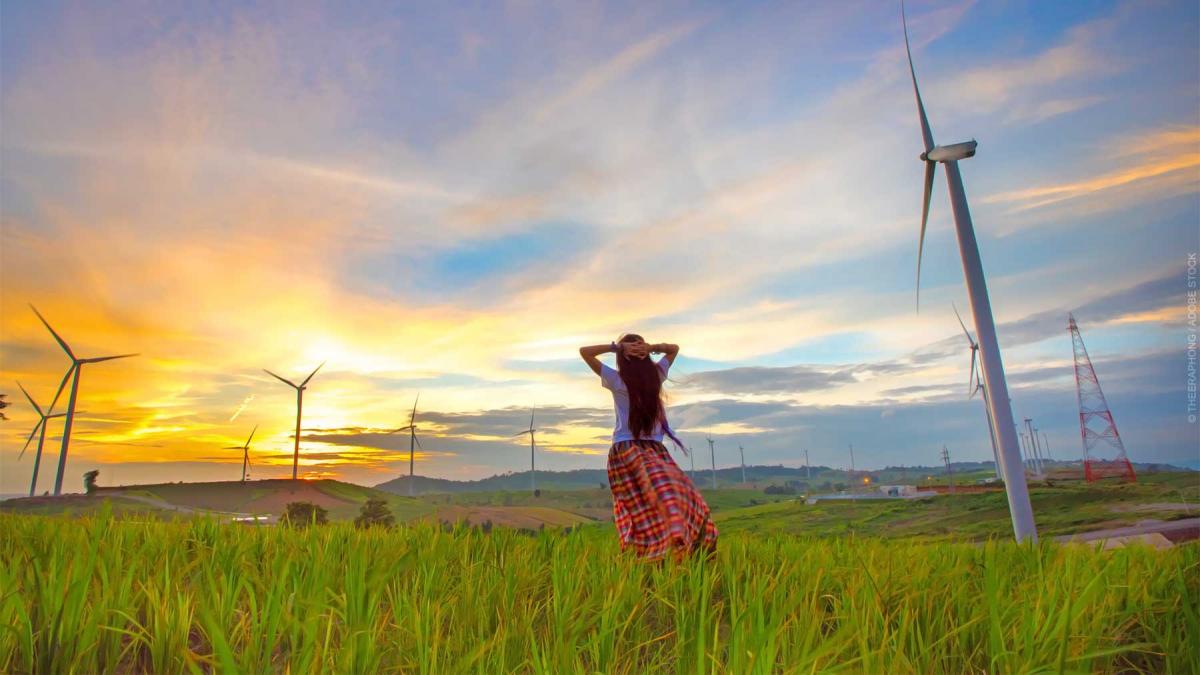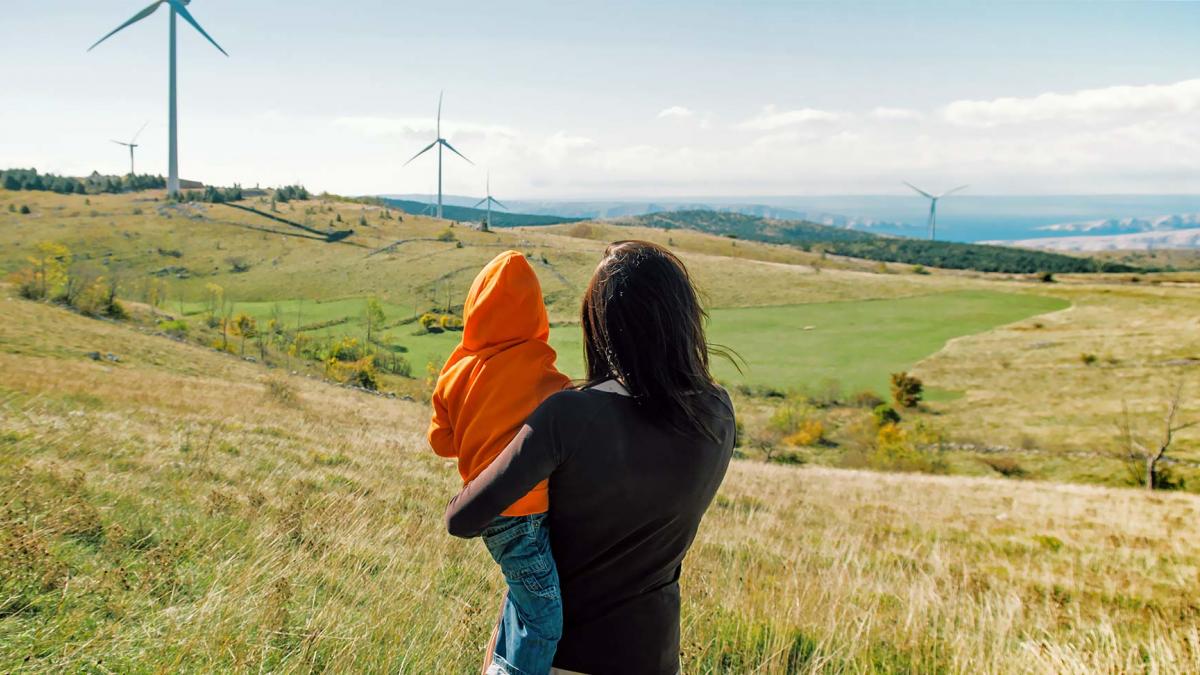Auction Design and the Social Impact of Renewable Energy Projects
Scaling Up Renewable Energy (SURE)
The social impacts of renewable energy projects must be fully considered to avoid harmful outcomes to the local community and financial losses for the developers.
Policymakers have many objectives for auctions such as reaching renewable energy targets, lowering generation costs, and creating local jobs. Adapting the auction design to local framework conditions and priorities is one of the key steps to ensuring success in achieving auction policy objectives. There are measures both within and outside the auction that can encourage benefit-sharing and local value creation in the communities where projects are located. These measures also help to mitigate developer risks by reducing the chance of project construction delays and cancellation. Engaging in meaningful consultation and raising awareness of future energy projects with local communities is a critical part of auction preparation by the authorities and due diligence by the bidders.
Social Impacts of Renewable Energy Auctions
The use of renewable energy is a key component of the CO2 emissions reduction needed to stay below 1.5 °C of global warming by the end of this century. Building renewable energy projects can be a powerful step toward diversifying a country’s electricity mix or bringing electricity access to underserved communities. However, all infrastructure projects, regardless of their energy source, affect the local community where they are sited.
The most accessible renewable energy resources are often in rural areas due to their lower population density. Communities that can be affected include people living close to the project site or the associated grid infrastructure, which can include marginalized groups who are less likely to be consulted and informed on renewable energy projects or to have their voices heard. This puts them more at risk of losing control over the use of land and resources.
Relevance of Social Impacts of Renewable Energy Projects for Auction Design
Addressing social impacts in auctions has important benefits, such as increasing the local acceptance of awarded projects and helping mobilize investment for the capacities procured. Ensuring awarded projects are accepted by the local community can lower risks and facilitate the land acquisition process. Ensuring projects participating in an auction address social impacts can also support the bankability of projects.
Measures to Address the Social Impacts of Awarded Renewable Energy Projects
There are measures within and outside the auction that can mitigate the risk of negative social impacts and encourage benefit-sharing and/or local value creation in the communities where projects are located. Measures within the auction refer to design elements that directly influence the outcome of the auction. Supportive measures outside the auction encompass mechanisms other than auction design elements that mitigate adverse impacts and enhance beneficial social impacts of awarded projects.
Recommendations
This guide recommends design options and measures for countries intending to address the social impact of auctions. The recommendations are based on the approach (measures within or outside of the auction) and objectives preferred by policymakers. These design options are not mutually exclusive: in fact, they are often used in conjunction with one another.
To address specific objectives such as the timely commissioning of projects or to encourage best-value bids beyond price, policymakers may rely on a range of design options inside the auction:
- Conditions for participation. Commitment to local value creation and the related penalties in case of noncompliance during the construction and operation of the project provide stronger safeguards against adverse social impacts compared to bonuses or quotas.
- Bid award criteria. Price-only is the best practice and allows the consideration of social impacts through the definition of participation requirements, albeit with less flexibility compared to multi-criteria auctions. If multi-criteria auctions are implemented, criteria should be specific, quantitative, and transparent to bidders.
- Local value creation. A key step in this assessment is to map a country’s industrial capacity and then decide whether to target the promotion of local industry (e.g., manufacturing of PV modules) or the local labor force for operations and maintenance services. Once experience is gained, the goals for local value creation can be expanded.
Policymakers may also consider supportive measures outside the auction design process, such as social impact regulations, local value and benefit-sharing measures, measures to facilitate compliance with a regulation, or the formation of an auction working group. Note that measures within and outside the auction are not mutually exclusive. Supportive measures outside the auction can complement specific auction design options and thus contribute to the achievement of social impact objectives and the local acceptance of awarded projects.



